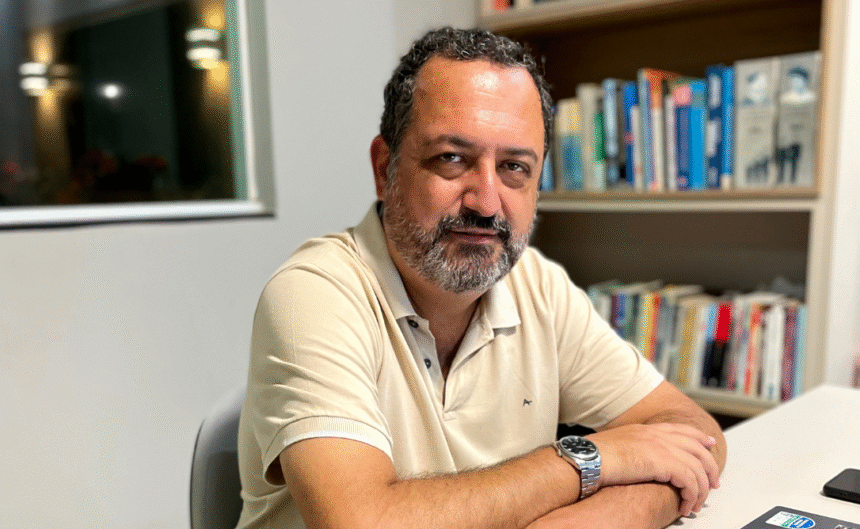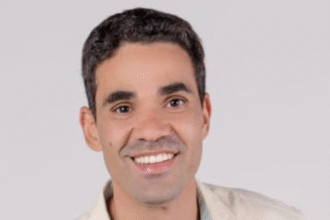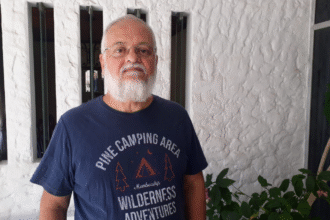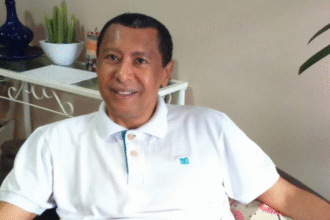What if your own life story wasn’t exactly as you’ve always told it? It’s with this provocation that writer José Eduardo Medeiros presents Friendship and Time, a novel that combines mystery, drama, and reflections on memory and identity. The plot follows Sampaio, a renowned scientist who, on the verge of death, hires a journalist to write his biography—but the interviews ultimately reveal contradictions and secrets that cast doubt on everything he believed to be true.
Between imprecise memories, passions, and crimes from the past, Medeiros constructs a plot with an engaging pace and a surprising ending, which questions the extent to which memory is reliable and how much time can distort the narratives we tell about ourselves.
“Friendship and Time” is based on the idea of someone hiring a journalist to write their biography—and discovering, in the process, that perhaps their own memory is deceiving them. What inspired you to explore this boundary between memory and fiction?
The inspiration came from the realization that all biographies contain a healthy dose of fiction, necessary to make the reading captivating and also to fill in the gaps in memory and other sources the biographer draws upon. This observation is even cited in more than one chapter of the book. From there, the idea arose to go a step further and embrace the freedom of blending reality with fabricated facts.
The book features an unreliable narrator, a rarity in contemporary Brazilian literature. What was the challenge of writing a story where truth and lies blur without losing the reader’s interest?
The contradictions, which cast doubt on the narrator’s credibility, are presented very gradually and carefully. At each moment, the story becomes more or less plausible as new facts are revealed. The reader is unsure whether the narrator is telling the truth or not. This mystery captivates the reader until the end of the book and is elucidated in a rather surprising way.
Sampaio is a character marked by guilt, mystery, and contradictions. Do you believe that every human being, in some way, also constructs an “official version” of their own story?
I believe people are very different. Some are more transparent, others less so. But everyone, to some extent, harbors their mysteries. Sampaio has had a very intriguing and mysterious personality since he was young. The trauma of the episode that left him paraplegic and the recovery of that past have intensified this tendency, leading him to construct a sophisticated narrative in which it becomes possible that he is even telling the truth.
The plot moves through Minas Gerais, São Paulo, and even Greece. Do these locations have any symbolic meaning for you, or were they choices that emerged naturally in the plot?
Minas Gerais and São Paulo are familiar places to me. I was born in a city in southern Minas Gerais, where part of the story takes place. Due to its geographic proximity, São Paulo is an important reference point for that region. Greece, on the other hand, emerged naturally. The plot demanded a foreign country. Several references that emerged throughout the story’s development eventually led me to Greece.
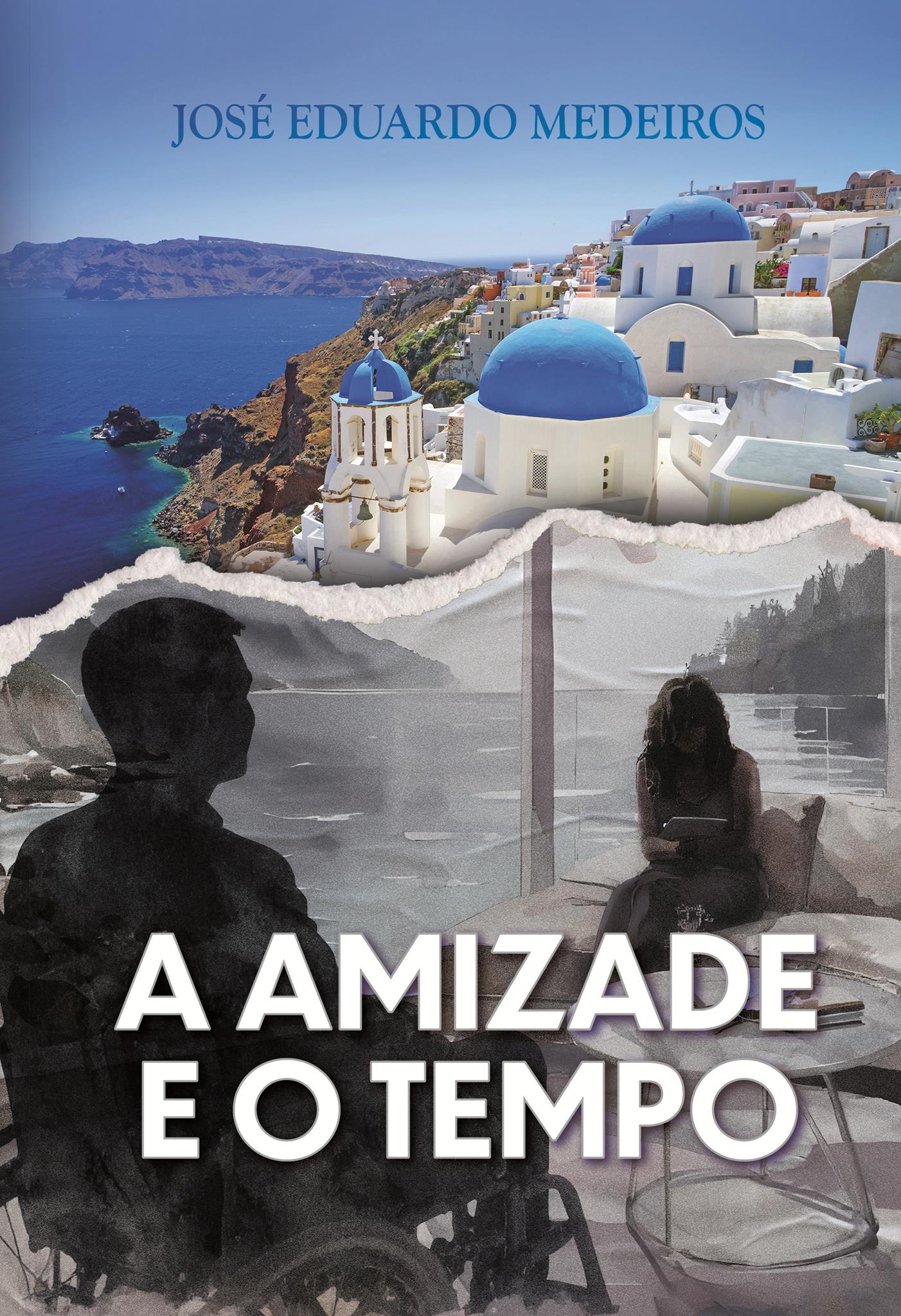
Journalist Fernanda is the one trying to uncover who Sampaio really was. Have you ever seen yourself like her—trying to understand a character who seems to be constantly on the run?
Yes. Fernanda embodies the reader’s perspective, their changing opinions about what the true story is. But I also experienced this while writing. The book’s ending was undecided from the beginning. Contradictions began to emerge, and I still didn’t know how the story would end. And the character, in fact, surprised me. Among the possibilities considered for the outcome, the one that actually happens is the least expected.
The title “Friendship and Time” carries a poetic weight. What does this relationship between friendship and the passage of time mean to you—both as a writer and as a person?
True friendship is priceless, and it’s a privilege to maintain friendships throughout a lifetime. These two elements, which give the book its title, are the central axis of the story. There’s a very strong bond between Sampaio and his childhood friend, a bond that would last forever, were it not for a tragic incident. And the restoration of this friendship, after many years, is a crucial part of the plot.
The book blends friendship, passion, crime, and guilt. Do you believe that literature is a space where we can deal with our own moral dilemmas more honestly?
Absolutely. As long as the story isn’t Manichean, characters will always have good and bad aspects to their personalities, and a reprehensible attitude, such as committing a crime, is the result of a set of circumstances to which we are all subject. Although the reader, in a similar situation, might not react the same way as the character, they still feel empathy, understanding, and even rooting for the criminal plan to succeed.
Besides being an engineer and genealogical researcher, you now consider yourself a novelist. How do these different experiences influence your writing—and what was the process like balancing the engineer’s reason with the writer’s sensitivity?
Two aspects of creating a book require a great deal of rationality. One is the careful research of settings, such as the Greek setting. The other is the precision in connecting the facts related to the criminal plot, when the book engages with the detective genre. But, in moments when emotions dominate the narrative, it’s necessary to set aside all rationality and delve into the innermost depths of each character.
Follow José Eduardo Medeiros on Instagram

